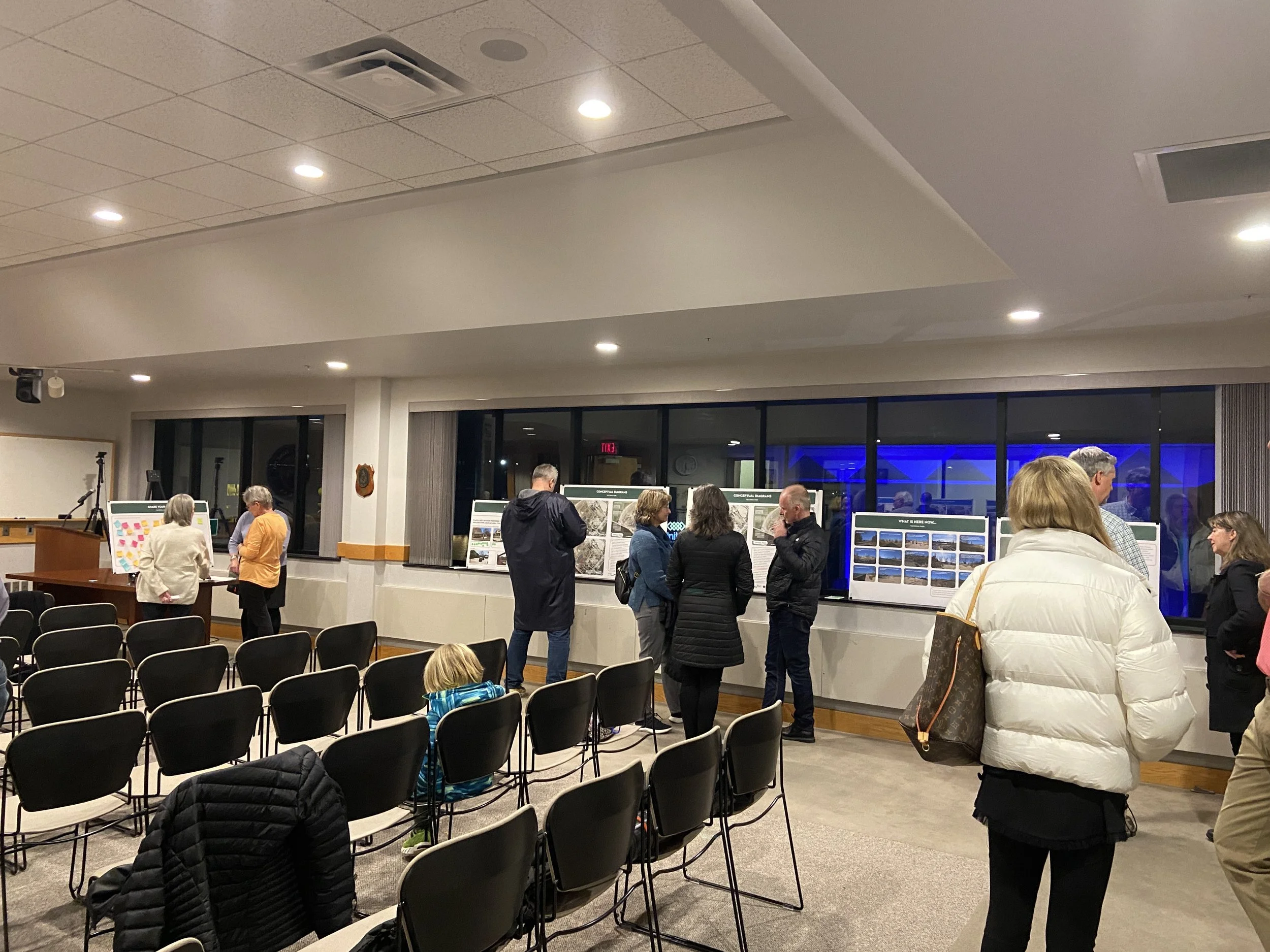Listening to the Community
Have you heard the term “community input?” Have you received a postcard inviting you to a “Community Open House” or “Public Input Session”? If so, we hope you attended and shared your thoughts and ideas. Community input is a valuable tool to tailor a design to the specific needs of the community, including partnership organizations and local neighbors. Landscape architects may know about site and landscape design, but we don’t come into a project knowing the specific needs of every community in which we work, and we are not typically hired to tell a community what they need. It is important for us to listen to the community, understand their needs, and use our expertise to deliver a solution in the most aesthetically pleasing, cost-effective, and maintenance-friendly way.
There are several methods for gathering input that can be used individually or in combination to understand community needs.
Public Meeting Format. In this approach a scheduled presentation is made to attendees, and they are invited to provide feedback.
Pros: all meeting attendees here the same presentation and benefit from hearing the discussion around comments.
Cons: sometimes positive or negative responses can overwhelm the discussion, and some participants may not be comfortable speaking in a public forum.
Open House Format. In this approach visitors drop in at their convenience and learn about the project from the small conversations with the consultant team and client representatives. There are opportunities to view ideas, ask questions, and provide feedback throughout. This is an informal way to gauge public sentiment and some interaction between attendees.
Pros: every attendee has the opportunity to speak freely or write comments without the pressure of speaking publicly.
Cons: all meeting attendees hear the information presented differently from the consultant/client team, and don’t hear comments from other attendees.
Stakeholder Meetings. In this approach meetings are tailored to specific focus groups, organizations, and agencies with interest or investment in a proposed project. Meetings are held to introduce the proposed project and understand goals, needs, and concerns in a smaller environment. These are also often held to develop partnerships between the client and stakeholder that may involve how the project is implemented, programmed, and maintained. These can also be held in a charrette or workshop format for additional collaboration.
Online and Hard Copy Surveys. Obtaining input via survey questions often allows a deeper dive into community insights about proposed improvements. Specific questions can provide key information for design decisions, and open-ended questions give respondents the opportunity to provide complete answers with anonymity.
Online Surveys: These are often posted on project or municipal websites, Facebook pages, and scanned via QR code on yard signs. Online surveys provide a wide variety of question types that could include maps, images, or priorities.
Hard Copy Surveys: These are often used at open-house format input sessions for participants to provide more information if they wish, as an alternative to discussing their ideas with others. Often both online and hard copy surveys are used together to maximize feedback. Some communities also make hard copy surveys available in their offices for those who are not as technologically savvy.
Site Tours. If a project site is easily accessible, site tours can be offered to groups or individuals during community input events and stakeholder meetings to help the public better understand ideas being presented and how they might fit on the property.
These methods can be combined and adjusted to fit the needs and style of a community and project size, and OCBA works closely with our clients to develop an effective input strategy. If you receive an invitation for an input session, invite your neighbors, check it out and learn about a new project, and share your voice.



